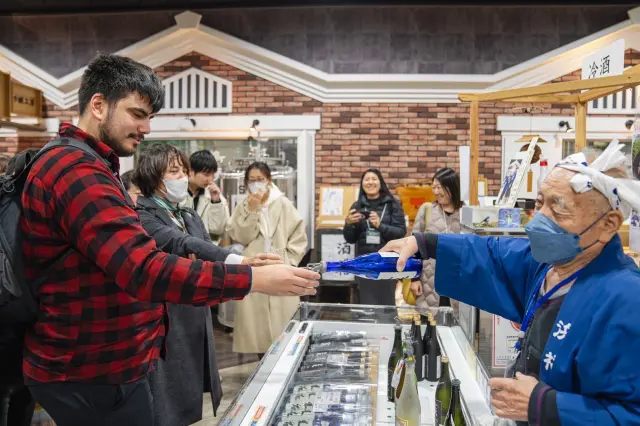
A journey to experience Hyogo’s unique culture; an interwoven fusion of old and new
Last update
Kobe City, Hyogo, home to Kobe Port which is known as one of the world’s best ports. One of the first places in Japan opened to the world, this port town has developed a unique milieu through its interactions with people and other cultures. At the same time, it is also a place known as the Capital of Fukuhara, founded by Taira no Kiyomori in the 1100s, and it retains that ancient Japanese culture and history.
It is not possible to experience the true appeal of Kobe by merely sticking to its impression as a fashionable, sophisticated and exotic port city. By experiencing Kobe’s ancient history and culture that has been passed down from generation to generation and reexamining how these two sides of the city are interwoven, a different impression of Kobe can be formed.
Let’s go on a journey to Kobe to experience its refined and complex culture.
A famous Arima Onsen inn with a charming blend of tradition and modernity

The lush grounds are over 4,500 m2, with guest rooms in stand-alone mountain huts dotting the land.

The spacious and high-ceilinged lobby. It has a distinctive, modern atmosphere.
The Kobe trip begins at Shin-Kobe Station. Leaving the port town for later, we go over Mt. Rokko and head towards Arima Onsen.
Located in the northern foot of Mt. Rokko, Arima Onsen is a famous hot spring resort of the Kansai region. It was recorded in the Nihon Shoki, Japan’s first official book of history, and is considered one of Japan’s oldest and most famous hot spring areas.
Less than 30 minutes by car from the center of Kobe, it is conveniently located while surrounded by mountains and full of atmosphere of traveling. Many people are wandering dressed in yukata robes, enjoying outdoor baths and visiting shops. It’s a classic Japanese hot spring town atmosphere.
Removed from the center of the hot spring town, where there are few people and cars passing by, here comes the tonight’s lodging, Arimasansoh Gosho Bessho. It is the annex of Goshobo, a lodging that has operated for more than 800 years by yumori, hot spring administrators. The site, which is about 4,500 m2, is filled with flowering plants and trees. A total of ten suites in the form of mountain huts dot the landscape. The 100 m2 rooms have chic and modern interiors. The typical image of hot spring inns being purely Japanese is pleasantly overturned here.
Experience the elegant and glamorous Arima geiko culture up close

In the drawing room of the suite, a real geiko performs a private dance.

A drink poured by a geiko just tastes better.
After surrendering to the quality hot spring and taking some time to soak it all in, we take an early dinner prepared with carefully selected local ingredients. After returning to our room to relax, a woman comes to the door in kimono and a traditional Japanese hairstyle. After dinner it is time for some traditional entertainment with a real Arima geiko.
Geiko are women who perform dances, songs and musical accompaniment at banquets. Arima geiko have their roots in the yuna whose job was to care for hot spring guests. They are a part of Arima Onsen’s traditional culture, which is said to be the birthplace of geiko in Japan. As the ways of passing time at hot spring inns change with the times, this is the only place in Hyogo Prefecture where the good old hot spring town tradition of geiko culture remains today.
This special experience of traditional entertainment by Arima geiko in private begins with a dance on the drawing room floor. A geiko dancing along with the sounds of a shamisen is supple, artful beauty. As we gaze with admiration, we are more and more captivated by the dance.
After the performance, we move to the sofa where the geiko pours champagne and engages us in pleasant conversation. From the history and tradition of Arima geiko, to the story behind the dance, things to do in Arima Onsen and more varied topics once again captivate us as the liquor goes down smoothly.
Visit one of Japan’s best sake brewing areas and experience the deep and complex world of sake

Amidst a modern skyline, sake breweries remain, telling the story of sake brewing history.

A ball made of cedar branches called a sakabayashi is suspended from the eaves.
After an evening of being immersed ourselves in the charms of Arima Onsen interweaving the old and new, we welcome the morning of our second day. Leaving the hot springs nestled in the mountains, we drive towards Kobe. The first experience of the day is the sake of Nada, known both throughout Japan and overseas as well.
Just as Kyoto has Fushimi and Hiroshima has Saijo, Hyogo rounds out the top three sake brewing areas of Japan with Nada. Along the coast of Osaka Bay spanning 12 km from Kobe’s Nada Ward to Nishinomiya’s Imazu are five groupings of sake breweries called Nishi-go, Mikage-go, Uozaki-go, Nishinomiya-go and Imazu-go. Together they are known as Nadagogo.
Of the five groupings in Nadagogo, we visit Higashinada Ward, home to Mikage-go and Uozaki-go, where the highest concentration of sake breweries remains today. Along a street called Sakagura-dori (sake brewery street), traditional storage buildings with white walls and cedar planks share the scenery with gigantic modern tanks, showing both the history and present day of sake brewing.
Our guide, a sake sommelier, meets us and we visit several breweries. Some have museums while at others brewmasters explain about their manufacturing process, and at the end is always a tasting. We soon realize there are differences in character between each brewery, and many different flavors and textures depending on the variety even within the same brewery. It’s a valuable experience enabling us to learn about the complex world of sake and savor the wonderful sake of Nada with all five senses.
A mariage of fine sake and delicious food at a former zaibatsu villa

The expansive garden and luxurious villa are picturesque under a blue sky.

Pairings with Nada’s sake make local ingredients pop.
Thanks to the advice of the sake sommelier and the brewmasters, we find our own favorite sake on the tour of the Nada breweries. With an elevated mood and a spring in our step, we head to our next destination.
We arrive at a quiet residential area on a mountainside in the same Higashinada Ward. The whole area is lined with mansions having impressive gates and stone walls. In the midst of all this, one gorgeous villa stands out more than the rest. Built over 80 years ago, this historical former zaibatsu residence has been refurbished as a guest house, Soshuen.
We step inside the building and are amazed by the beautiful architecture and extravagant interior and furnishings. The vast garden as viewed through the window steals our hearts and eyes.
After a leisurely tour of the building and garden, it is time for a special experience. A special course lunch of top-quality locally produced ingredients, expertly paired with the sake of Nada we bought this morning.
We sip our new favorites while enjoying the mariage with dishes that highlight the ingredients. It is a special time that allows us to recognize the rich variety of food in Hyogo and have renewed admiration for the power of Nada’s sake.
Onward to “the Shrine in the Sky” where the guardian deity of Kobe resides

Taira no Kiyomori established this shrine over 840 years ago. It watches over Kobe from a plateau above the city.

A sweeping view of Kobe at night as seen from the shrine grounds after dark. It truly is the shrine in the sky.
After a lunchtime spent experiencing Hyogo’s rich food culture with a mariage of fine sake and food, we follow up this blissful moment with the climax of our tour with a special cultural experience.
We move to Sannomiya, located in the heart of Kobe. From there we head towards the Rokko mountains, and at the end of a long slope is the Kitano Ijinkan-Gai area, which still retains the atmosphere from when it was a foreign settlement. The approach to the shrine, with its splendid torii gate and stone steps makes a striking contrast to this international atmosphere. Beyond the gate is the residence of Kobe’s guardian deity. Here, at Kitano Tenman Shrine, is the stage for our special cultural experience.
The shrine was first built in the Heian Period, in 1180. Taira no Kiyomori, who was in power at a time when the political power was shifting from imperial to military rule, and he brought Kitano Tenmangu Shrine here from Kyoto as part of moving the capital from Kyoto to Fukuhara, Kobe.
We are given special admission to the shrine grounds after hours, and it is a pocket of tranquility compared to the bustle of the Kitano Ijinkan-Gai neighborhood. The nightscape taking in the streets of Kitano, the city of Kobe below and Kobe Port beyond is ours alone. This is why the shrine is known as “the shrine in the sky.”
After getting our fill of the view, we pay our respects to Sugawara no Michizane, the deity of the shrine. We express our gratitude for a safe trip so far and ask for blessings as we take in this special cultural experience.
A divine Noh performance that stands out against the flames of bonfires

The Noh stage is illuminated by bonfire flames while Kobe’s night landscape makes up the backdrop.

Yoshiteru Ueda dances as though the spirit of a young warrior has possessed him.
After the sunset, night’s cloak envelops the grounds, creating a mysterious atmosphere. In such a spot, it’s as though we have Kobe’s so-called million dollar night view all to ourselves. That alone is a special experience. However, the very special cultural experience of a Noh performance is still to come. The bonfires are lit around the worship hall that serves as the Noh stage by the Shinto priests and its mysterious atmosphere is further enhanced.
Noh performed in this way is called Takigi Noh. Along with flames buffeted by the wind coming off the mountains and sea, so the figures illuminated on the stage flicker and move. Not even the newest stage sets and lighting technology could imitate such ethereal beauty.
Now, Yoshiteru Ueda, the young noh actor of the Ueda Family, the head of shite-kata of the Kanze School in Kobe takes the stage. He performs “Ebira,” a tale set in Kobe about an incident that happened during the Genpei War.
With the million-dollar view in the background, Yoshiteru’s “Ebira” is illuminated by the bonfire flames. We watch with rapt attention as the young actor seems to be very dignified as though possessed by a god. Even after the performance is over, we are unable to move from our seats for a moment. We are sure that the spirit of a young warrior from the Genpei War has come back here after over 800 years to that spot in Kobe.
A stay in a hot spring town where tradition and modernity blend, a walk through a sake brewing area that continues to be one of Japan’s best, a lunch of exquisite food and drink and Noh performed at a shrine with a priceless view. We feel like this experience in Kobe could never have been achieved even if we read every guidebook there is.
I want to know more about Kobe - if that is the note a trip ends on, it can be said that this trip to Kobe is a big success. After all, Kobe’s charms continue to be woven even now.
By personally visiting Hyogo and experiencing and telling about the wonderful culture and tradition we encounter there, we hope we can be some help in ensuring that charming tradition and culture of Hyogo is passed down to the next generation.
Check also...
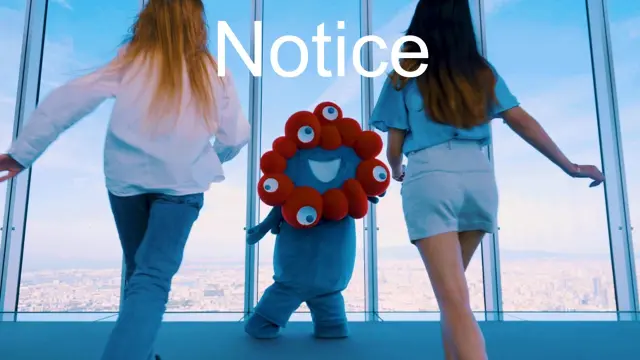
Restrictions on Large Baggage

Reviving Past Memories and Emotions! Three spots related to the Food and Fragrance of Awaji Island!!!
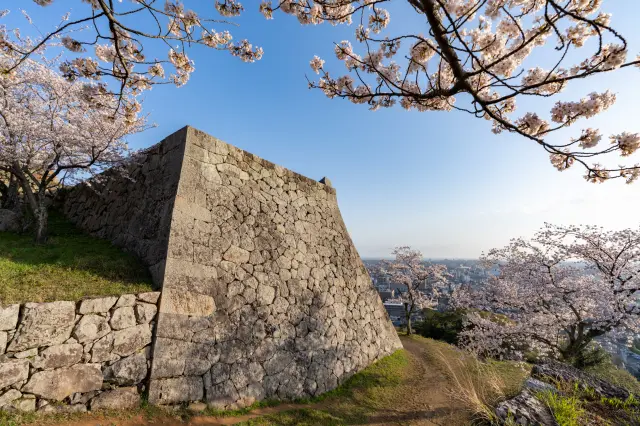
Hidden Stories in Stone: Exploring Japan’s Castle Walls
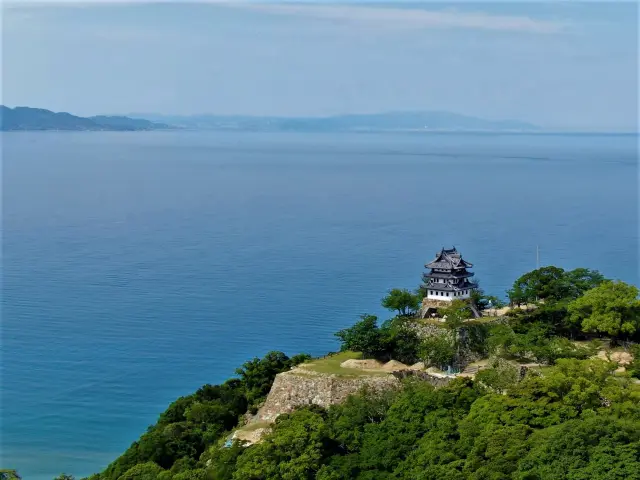
Feel Like a Lord: Castle with Stunning Panorama Views
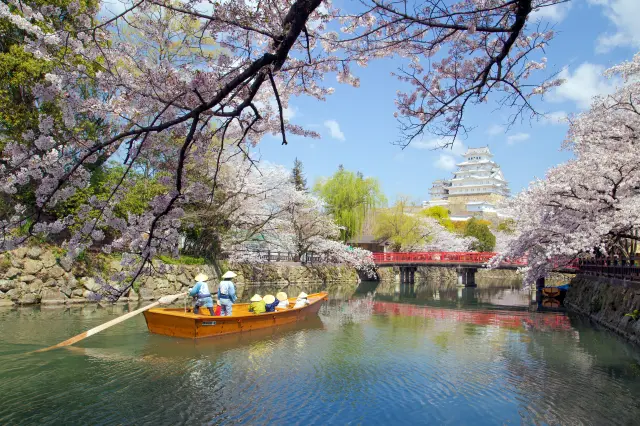
Experience the True Essence of Japan through Castles, Cultural Treasures, and Timeless Gardens

A 3-Day Journey Along the Path of History and Culture: Outlining the Saigoku Kaidō from Osaka

Retreat to a different side of Kansai: a 3-day journey to discover the origins of food and the natural rejuvenation in Osaka, Hyogo, and Tokushima
